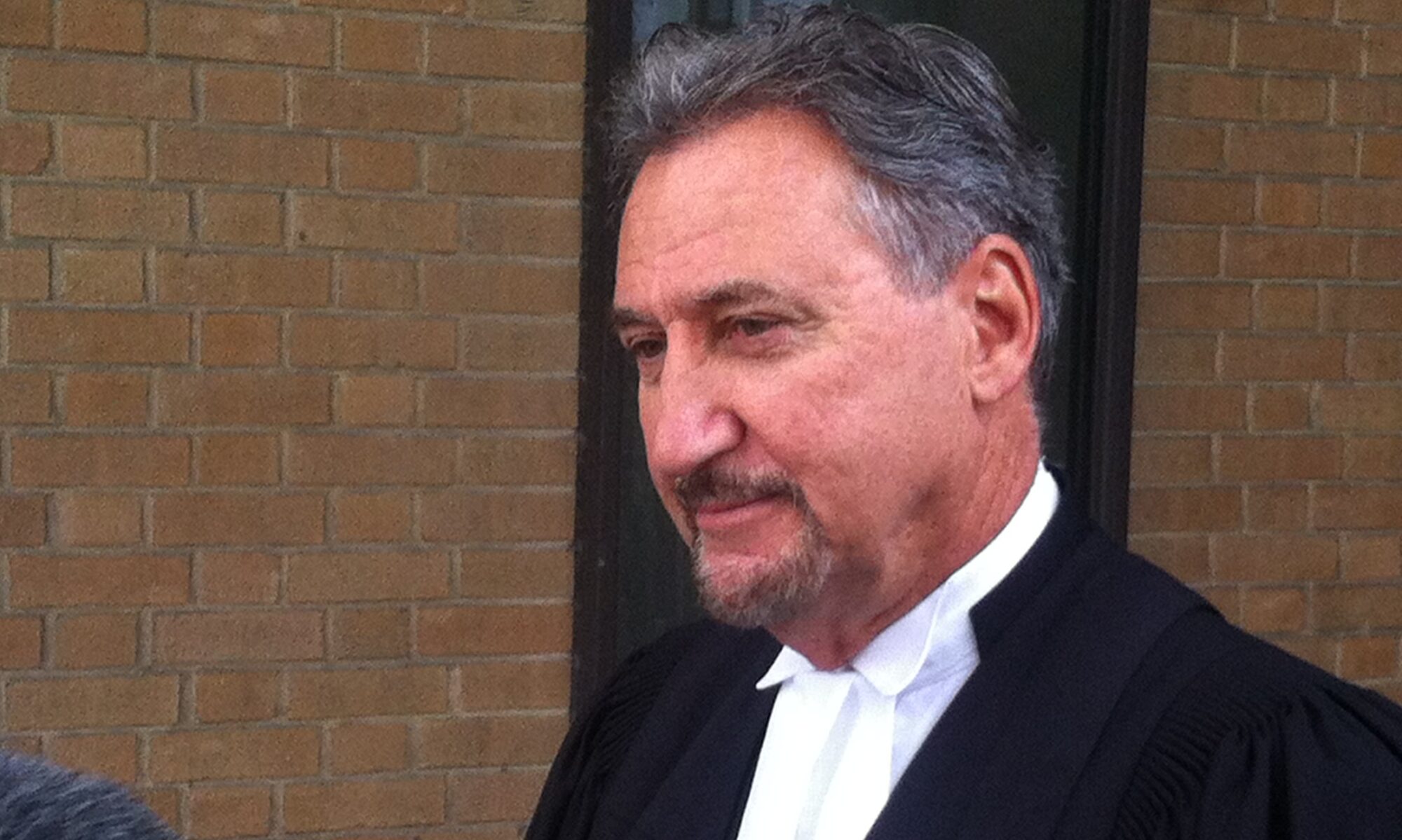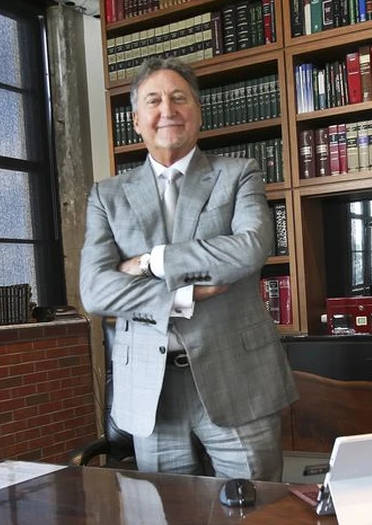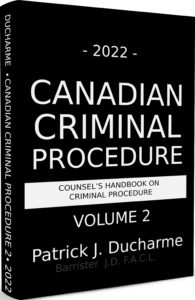 |
| Patrick J Ducharme |
Sir Walter Raleigh was tried for treason in 1603. The key prosecution evidence was a sworn confession by Lord Cobham, Raleigh’s alleged co-conspirator. Raleigh testified. He called Cobham’s confession a lie and insisted that Cobham had recanted his confession. He protested the admission of this hearsay. He demanded that Cobham be brought to testify. The court refused and Raleigh was convicted and later executed.
The public outcry against this unproven evidence fuelled the introduction of the hearsay rule instituted in England somewhere between 1675 and 1690.1 Ironically, a conspiracy trial inspired the hearsay rule. I say ironically because our modern day use of the co-conspirators’ exception to the hearsay rule renders the protections afforded by the hearsay rule virtually meaningless, particularly when the case is one tried before a jury.
Continue reading “A Little History”




